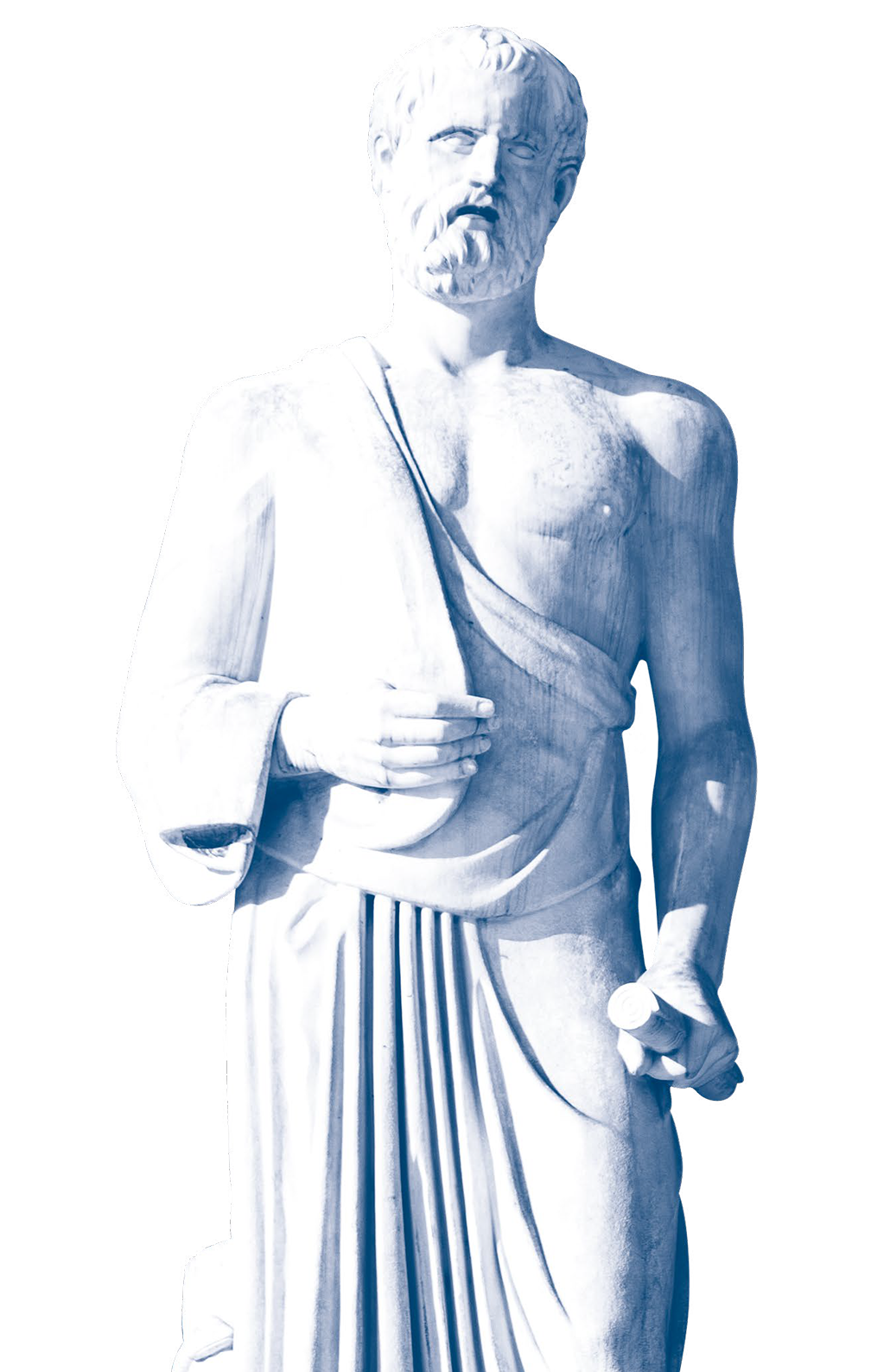
Pharma Polymers
Transport without Side Effects
Drug delivery—on the art of transporting active pharmaceutical ingredients to specific targets in the human body.

Pharma Polymers
How medicine reliably reaches its target
How liposomes play a key role in cancer therapy by transporting ribonucleic acids to the affected cells.

Pharma Polymers
Healing bones with polymers
The Medical Devices Project House is developing materials that support bone healing and make follow-up operations unnecessary.

Innovation culture
Investment in long-term innovations
Creavis Managing Director Prof. Stefan Buchholz about new ideas and the role of distance or closeness to the parent company.
ELEMENTS Newsletter
Get fascinating insights into the research Evonik is conducting, and its social relevance, by subscribing to our free newsletter.





